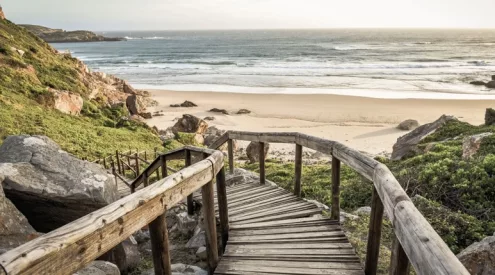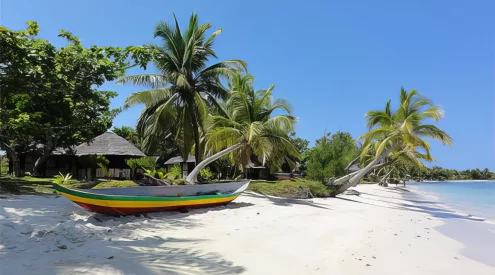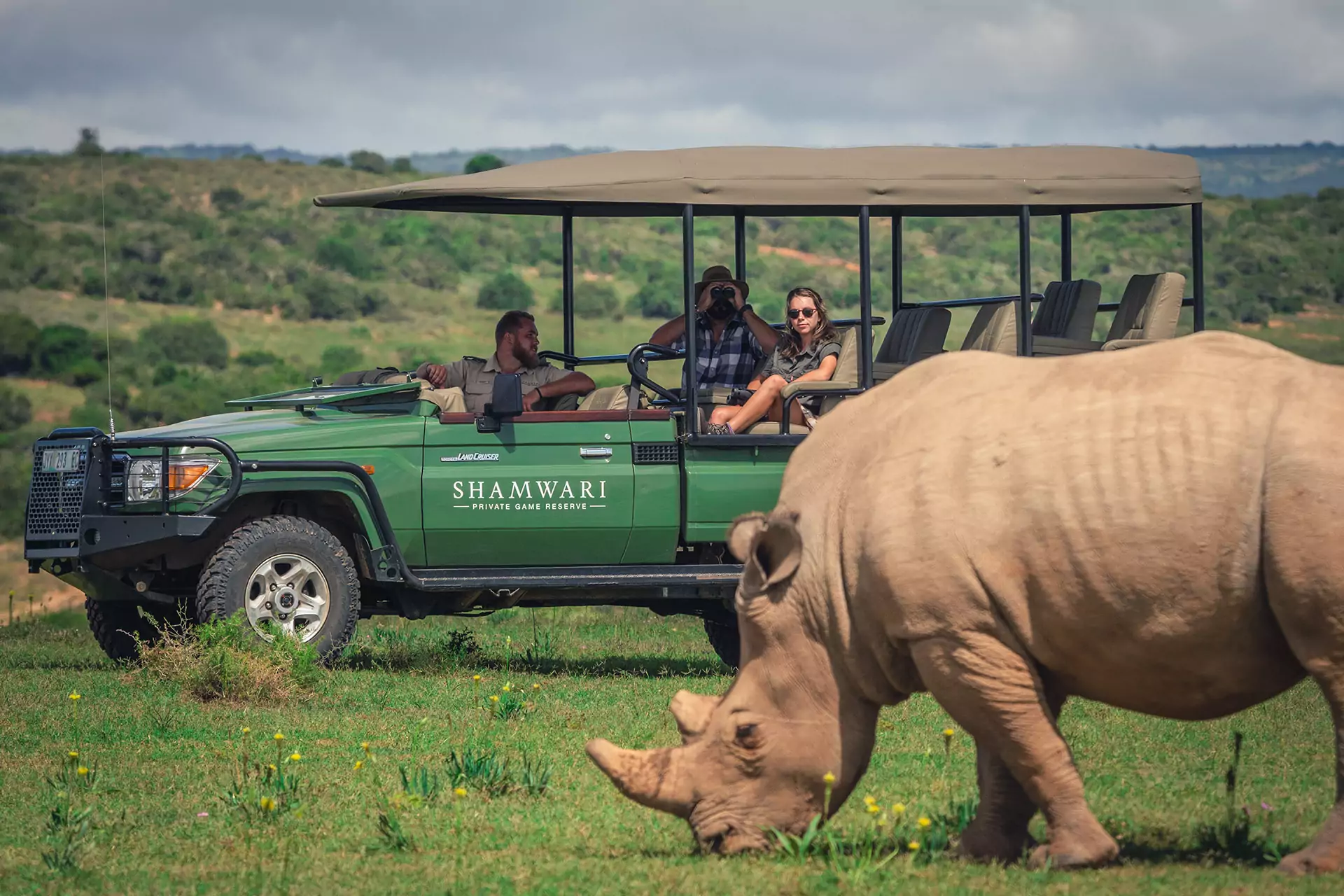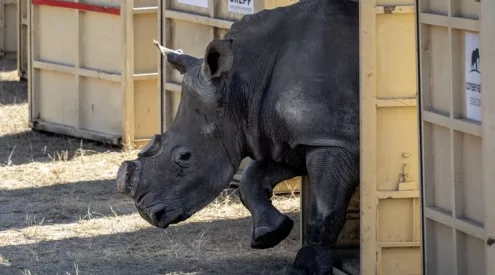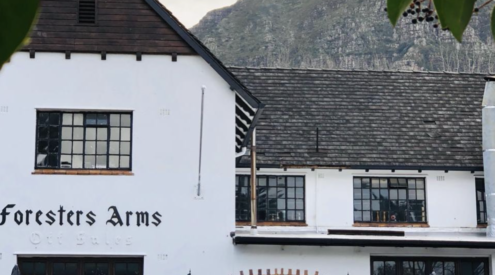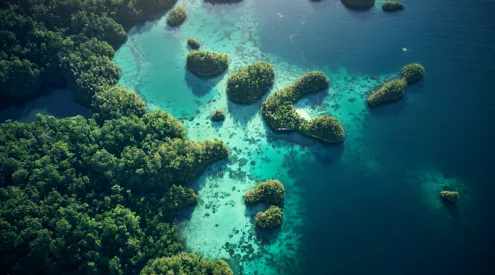The aurora borealis are a magnificent natural phenomenon. These occur in the Arctic circle, including Norway and both the Swedish and Finnish Lapland.
The aurora season lasts from late August until the end of April where over 100 auroras may be seen. The auroras also vary in stature.
‘The northern lights come in different colours and shapes. Some are very delicate, but still awe-inspiring, and some stronger, so strong in fact, that we decided to start giving them Nordic names,’ says This is Arctic.
If you would like to partake in the naming of an aurora, This is Arctic is giving people the opportunity to submit their suggestions.
The auroras that will be named depend on data uncovered by the Space Weather Prediction Centre, according to Lonely Planet. The centre uses a tool that analyses the sun’s X-ray activity which is where the data is gathered from.
From this, the Space Weather Prediction Centre will be able to discern where the more visible auroras will occur following the sun’s activity within one to two days.
Visit Arctic Europe will choose the name for that aurora. This will be shared on their website as well as to Instagram.
There are already a pool of names which have been derived from Nordic mythology history and culture. The names include Freya, Sampo, Per, Steffen, Magnus and Harri.
Jesse Ketonen, the communications manager for Visit Arctic Europe II said to Lonely Planet: ‘Culturally, the aurora is very important for the Nordic and Arctic region. In Norse mythology, for instance, the lights are linked to the dawn of creation, and Vikings believed the northern lights were the souls of fighting warriors. Even knowing the science behind how they happen, though, there is something magical about the aurora borealis. We wanted for other people to have the opportunity to participate.’
People have been asked to submit their own names no matter their non-Nordic background.
To submit your suggestion, visit This is Arctic here.
Picture: Instagram

